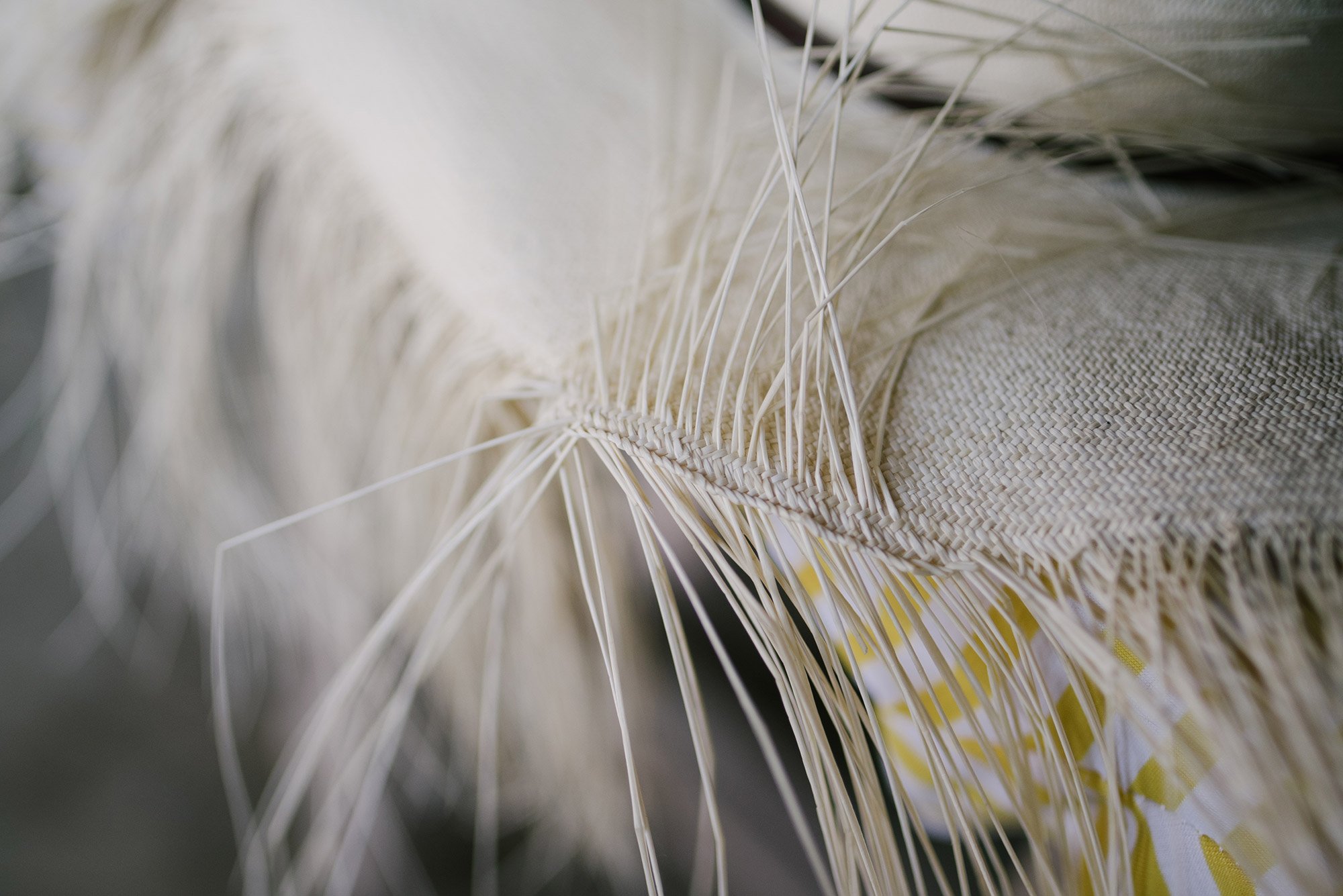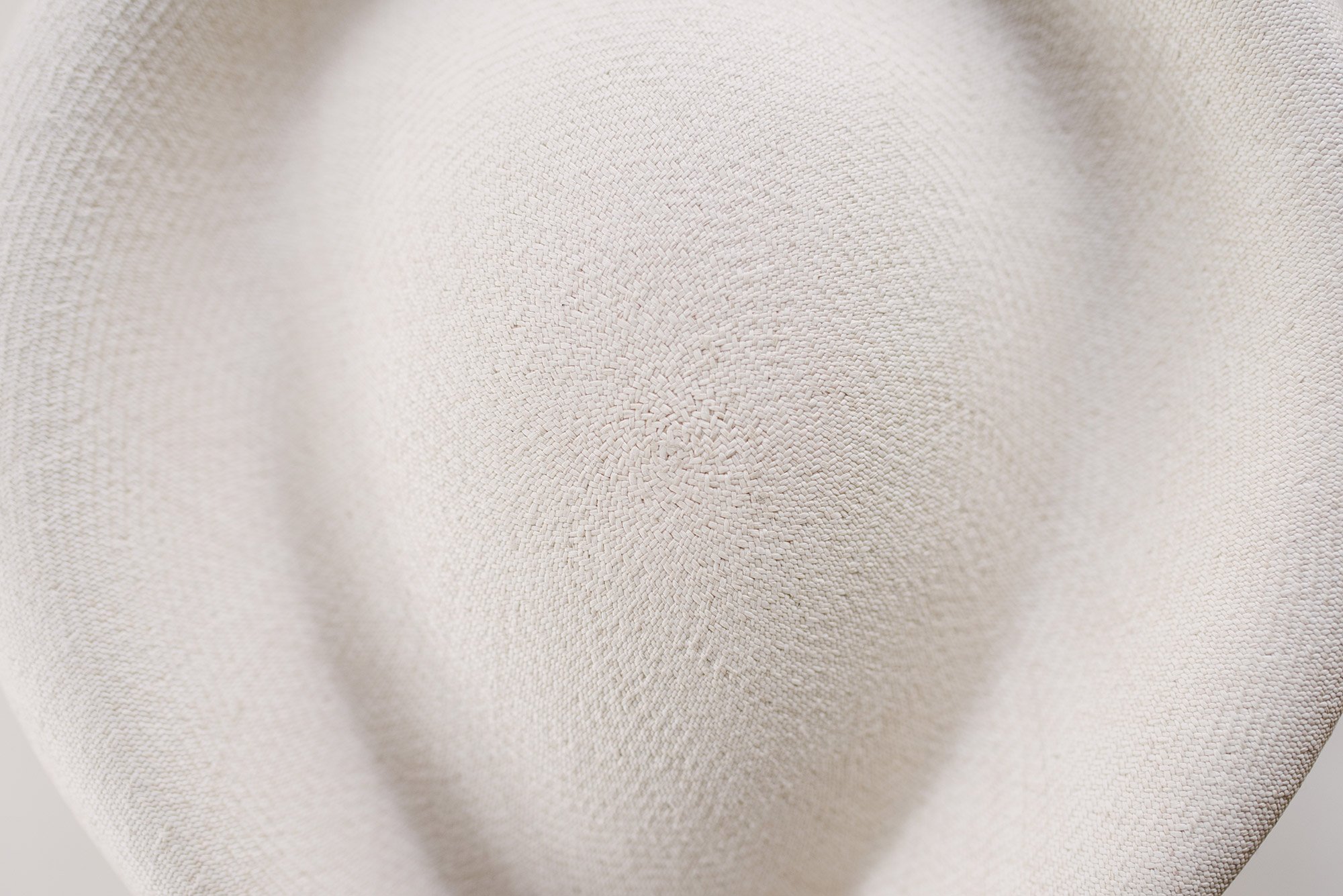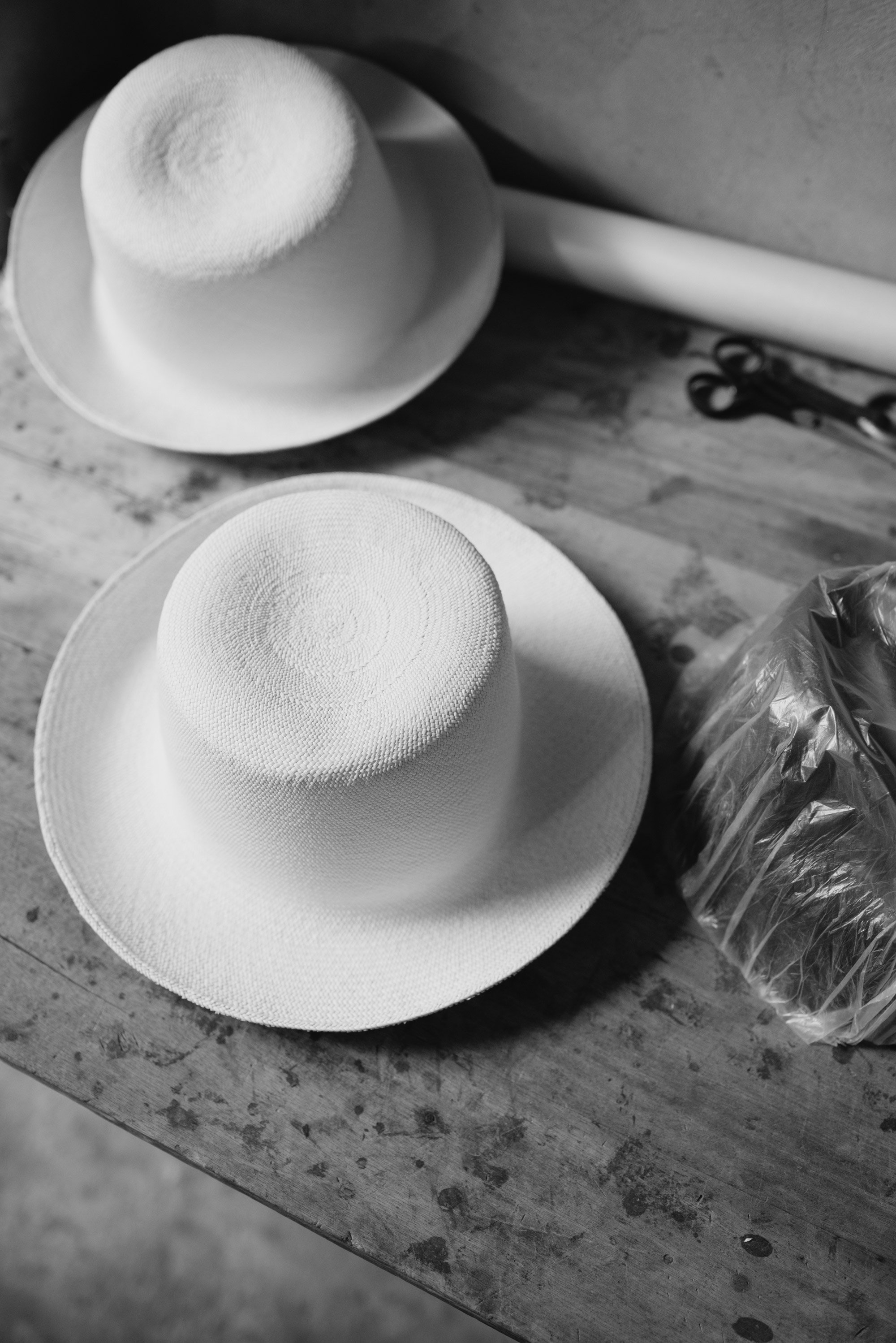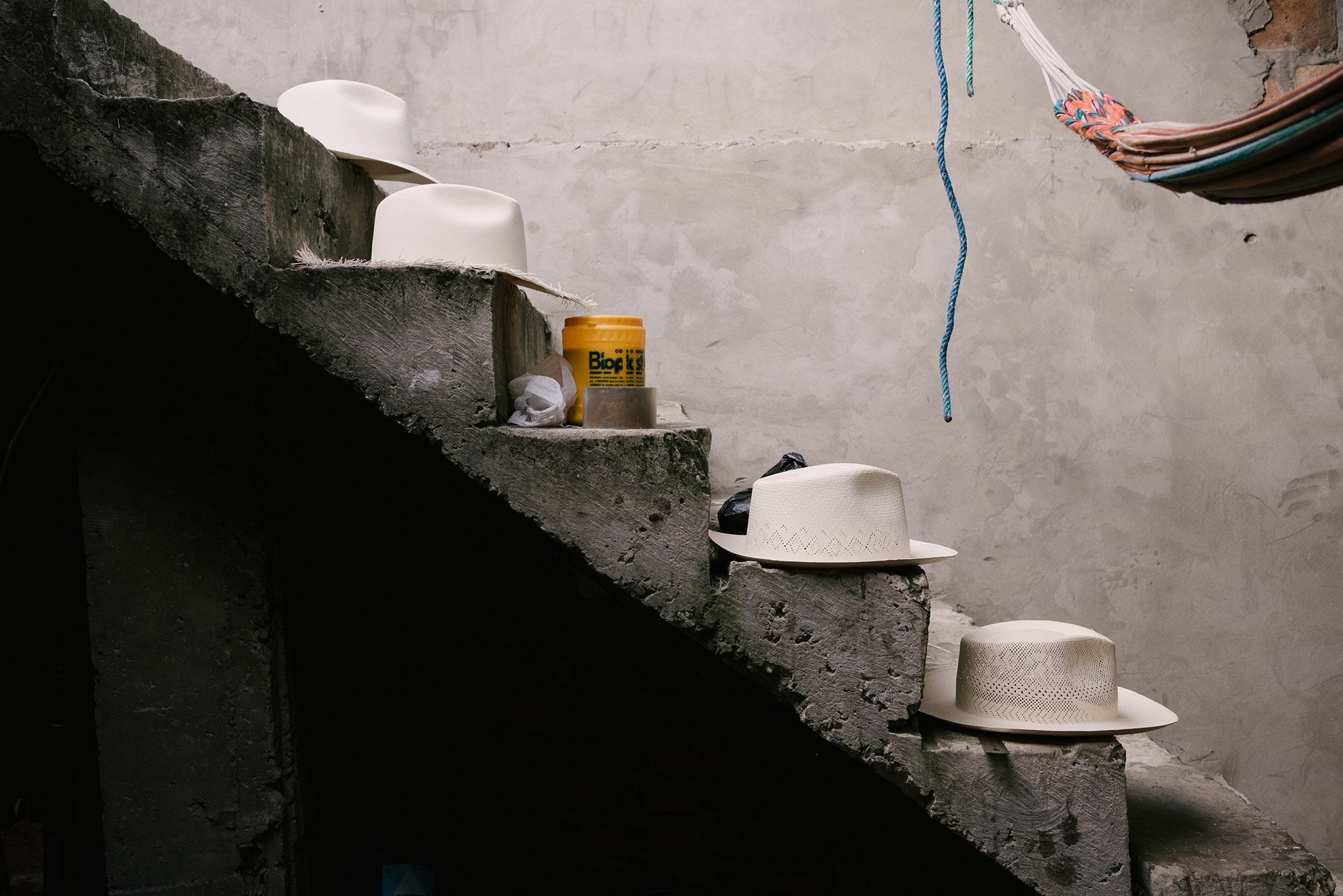Panama straw hats – the art of crafting a masterpiece.
Made for hundreds of years, the Panama hat gained notoriety in the US – and around the world – at the start of the 20th-century, when President Theodore Roosevelt wore one as he inspected the progress of the Panama Canal. By the ‘40s-‘50s, the design had transformed into a style statement, thanks to Hollywood. Gregory Peck, Clark Gable, James Stewart, and then the likes of Robert Redford and Sean Connery wore Panama straw hats in renowned films or on and off set, cementing the design’s gentlemanly appeal.
Fast forward to 2018, and the Panama hat still maintains a sense of mystery, despite being one of the most iconic accessories. Two crucial facts – well-known by experts, those who work in the industry, and some fans of the design – continue to remain largely unknown. The first one is the name, which hints to Panama as a country of origin. In fact, these popular hats are Ecuadorian. More specifically, the authentic Panama straw hat and its finest examples come from the Montecristi area and the small town of Pile.
The second detail is even more captivating, because it reveals the true value of these elegant hats. To craft an authentic Panama hat, a skilled artisan needs a few months of dedicated work. The best craftspeople make only a few hats per year, and their masterpieces have the price to match. One of these beauties can cost between a few thousand dollars to over $25,000.
The art of creating an authentic Panama hat requires many years of experience and finely honed skills, making these craftspeople some of the most talented artisans in the world. Indeed, in 2012 UNESCO included the Panama hats hand weaving process on its Intangible Cultural Heritage list.
Located in the coastal province of Manabí, Pile is a small town with a big impact. This is where the finest straw hats come to life, from the hands of skilled and hardworking craftsmen. With no phone signal and a population of only around 800 people, the town has a quiet, peaceful atmosphere. A place that some of the most skilled weavers in the world call home. Photographer Vicente Manssur went to Pile to capture these old-time artisans while they work. His beautiful series of photographs offers a glimpse into the art of crafting straw masterpieces.
The Material (Toquilla)
To make a fine product, one needs fine materials. And Pile has the perfect landscape and climate for the highest quality toquilla. The local weavers have grown their own source of toquilla for over 80 years, with fields covering an area of around 3 hectares, deep in the mountains. This secluded patch suits only the most refined hats, which usually take between 5 and 8 months to make. Closer to home, there are more toquilla fields, accessible via foot pathways through the mountains. The heart of the plant, known as “cogollo”, helps to produce the fine strands of straw required to make the premium quality hats.
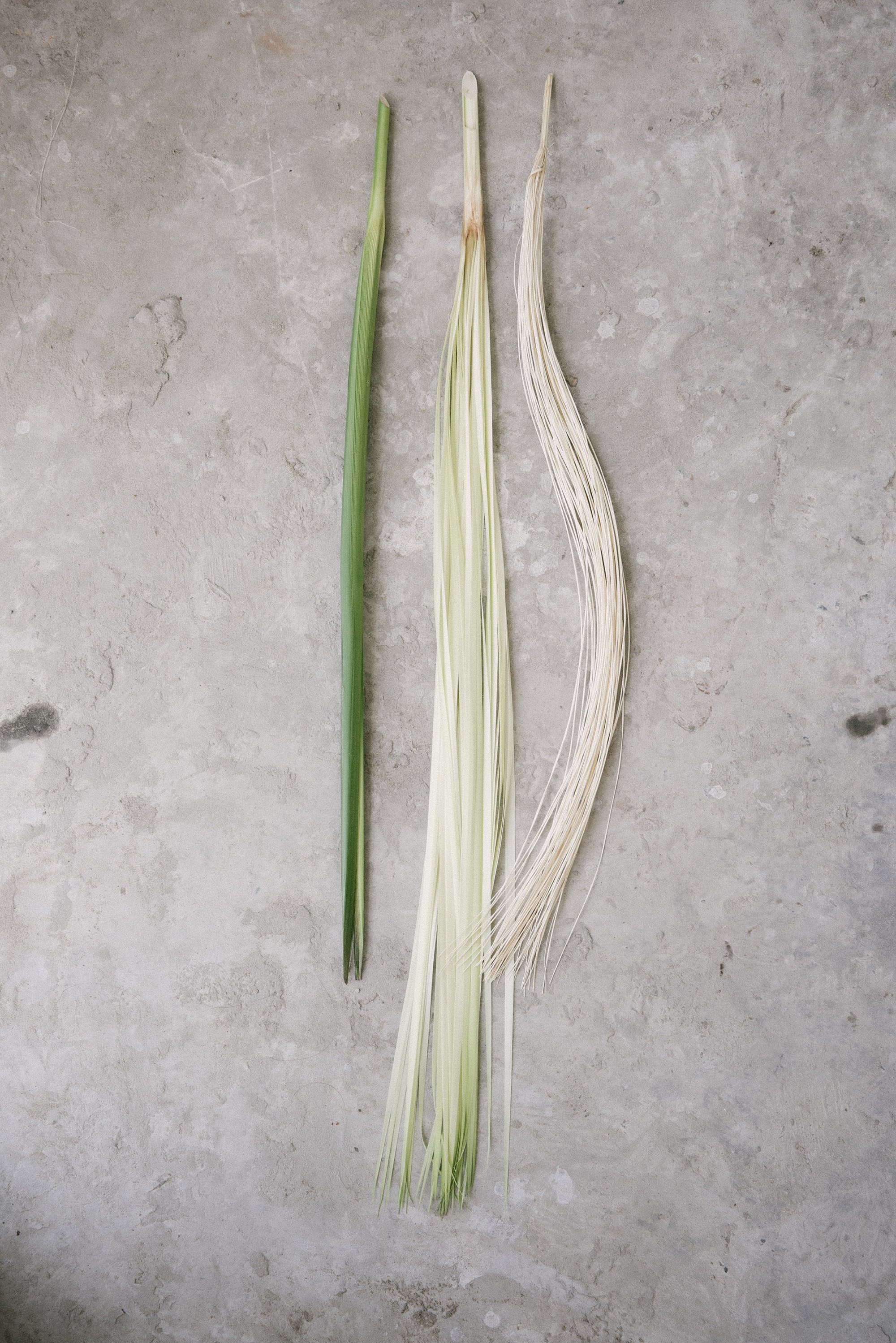
Harvest
Each authentic Panama hat requires around 25 sticks of “cogollos”, or sticks. Before the weaving of the straw hats can start, members of the weavers’ families come to harvest the base material by hand. Usually, the weavers receive their toquilla on harvest day, but they can’t start working straight away. They have to process the material in various ways before the fibers become suitable for weaving.
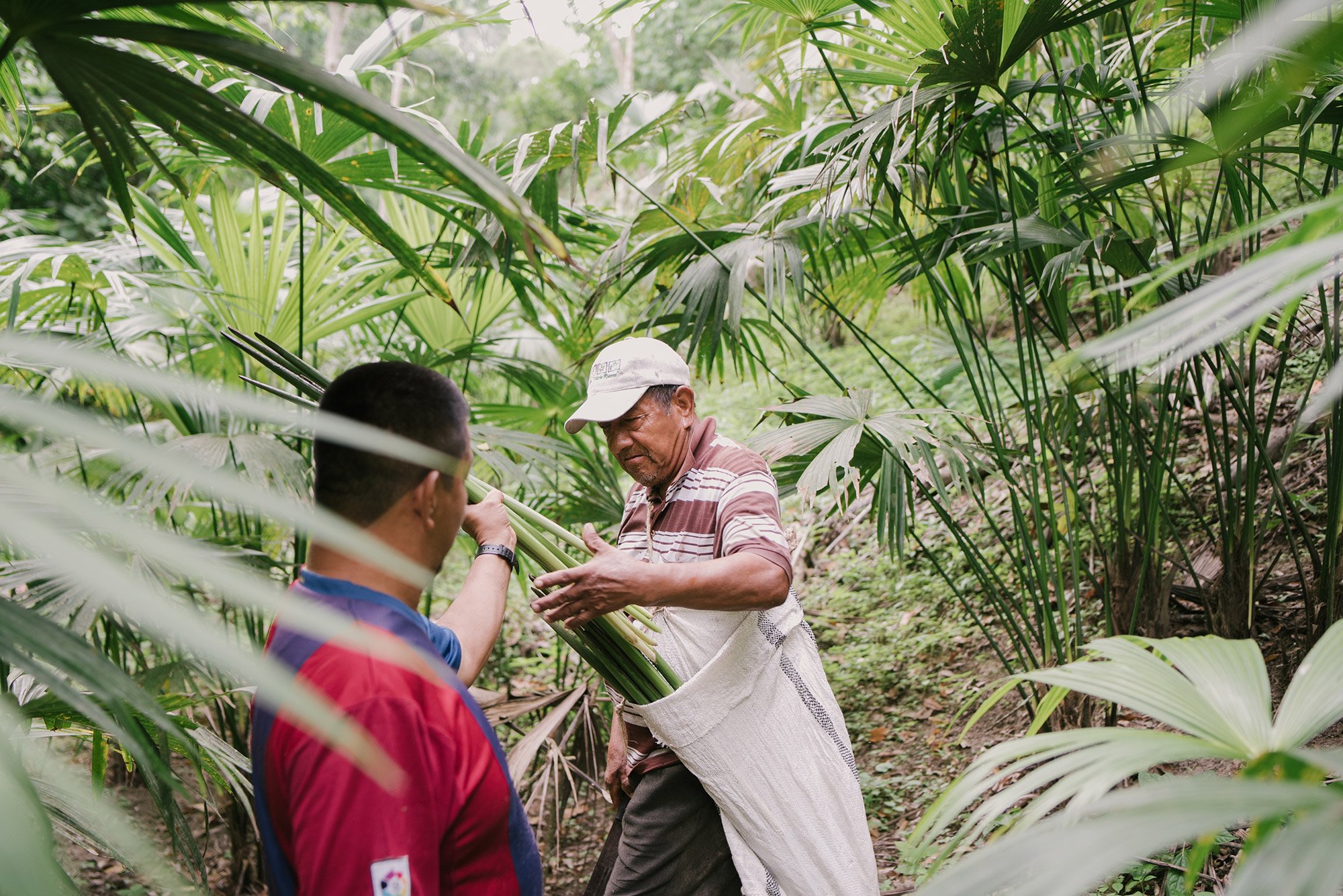
Preparation
The weaver takes control of the whole process of preparation. Which is more complex and time-consuming than one might expect. Named desgarrado, this step requires the separation of the toquilla by hand. In Pile, Vicente Manssur photographed local weaver Rolando Espinal as he used a small deer horn to tear apart the cogollos and open up the leaves. After this stage, the material undergoes boiling and smoking as well as drying and further splitting. The entire preparation process lasts a week or more.
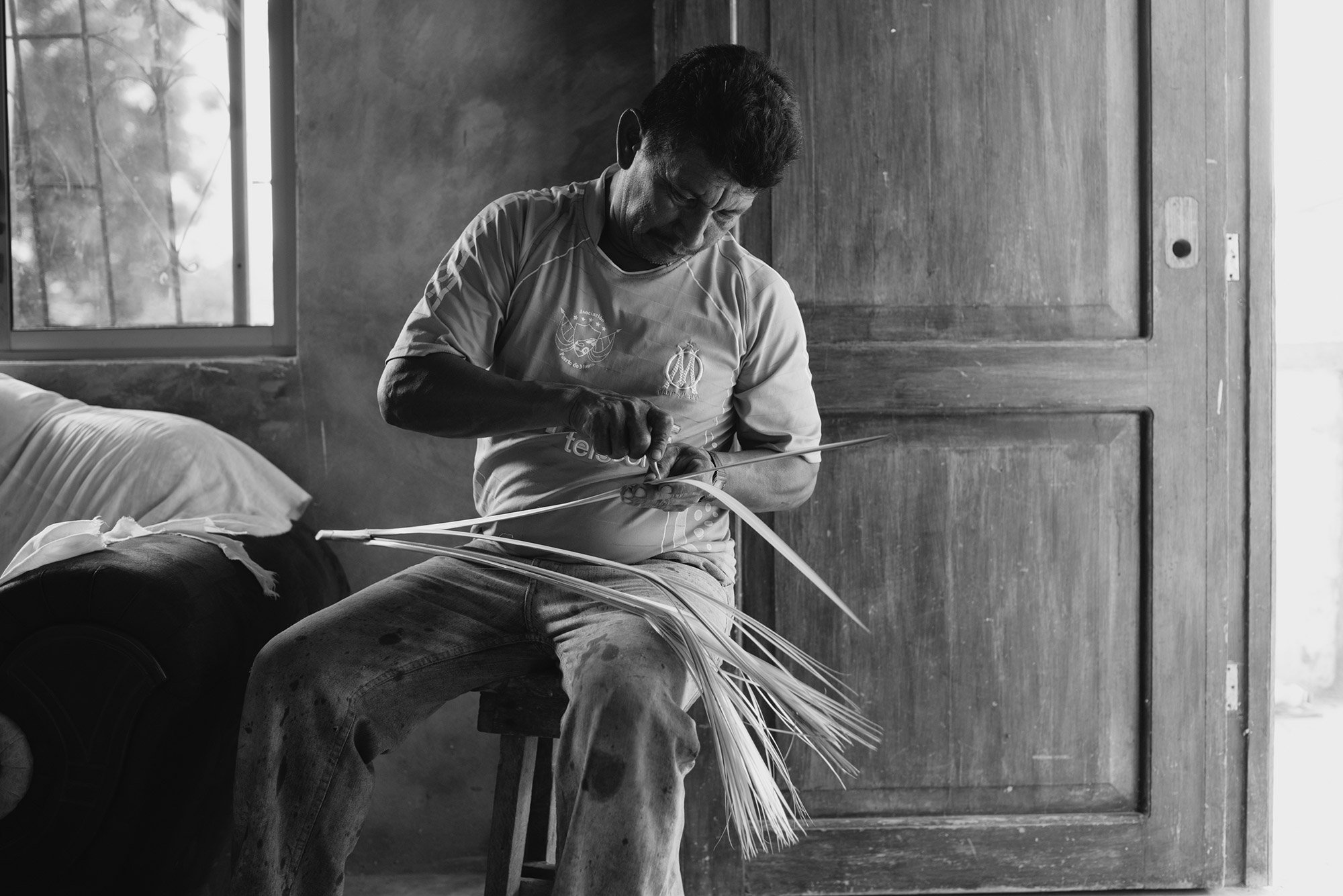
Weaving
This is where the magic happens. Slowly, one fine straw strand at a time. In Pile, hand weaving runs in the family and many weavers enter the craft by first watching their parents work. Like many traditional crafts, Pile’s hand weaving has a deep connection to nature. Apart from sourcing the finest toquilla, the craftsmen also need good weather conditions to work and good natural lighting. Dry weather makes the straw fibers more brittle and prone to crack. Likewise, the harsh light of the midday sun can also dry out the material.
While documenting the soul of the hat-making process, Vicente spent time with two local artisans. Holger Carranza grew up in a family of skilled weavers. Continuing the tradition came naturally, and he began weaving straw hats from a young age. Now, he is one of the finest hand-weaving craftsmen. Holger can actually craft Montecristi Panamas with a grade of over 50 degrees, which is the highest possible. So it comes as no surprise to learn that one of his works of art is exhibited at MoMA in NYC, as part of the Items: Is Fashion Modern show.
Back in Pile, Holger starts his work day at 6:00 am, under the soft glow of a light bulb. When the first rays of the morning sun reach his room, he opens the window to weave under natural light. It’s a quiet, even meditative process, but the high degree of concentration and the incredibly high weave count of the ultra-fine straw fibers take their toll on weavers’ eyes. After three hours of sustained work, Holger Carranza has to stop to allow his eyes to relax. Another three-hour session of weaving begins in the evening and ends at around 11 pm.
In another part of the town, Manuel Lopez and his wife Patricia work under the same morning-evening pattern. Home on vacation from school, their children play around them while they weave straw hats. In the evenings, Manuel and Patricia listen to the TV as they work, watching it sparingly during short breaks. In between the early morning and evening work hours, the couple can’t take take time off. Since crafting an authentic Montecristi hat takes months, they have to supplement their income in other ways. Apart from agricultural work, Manuel also works as a barber during the day.

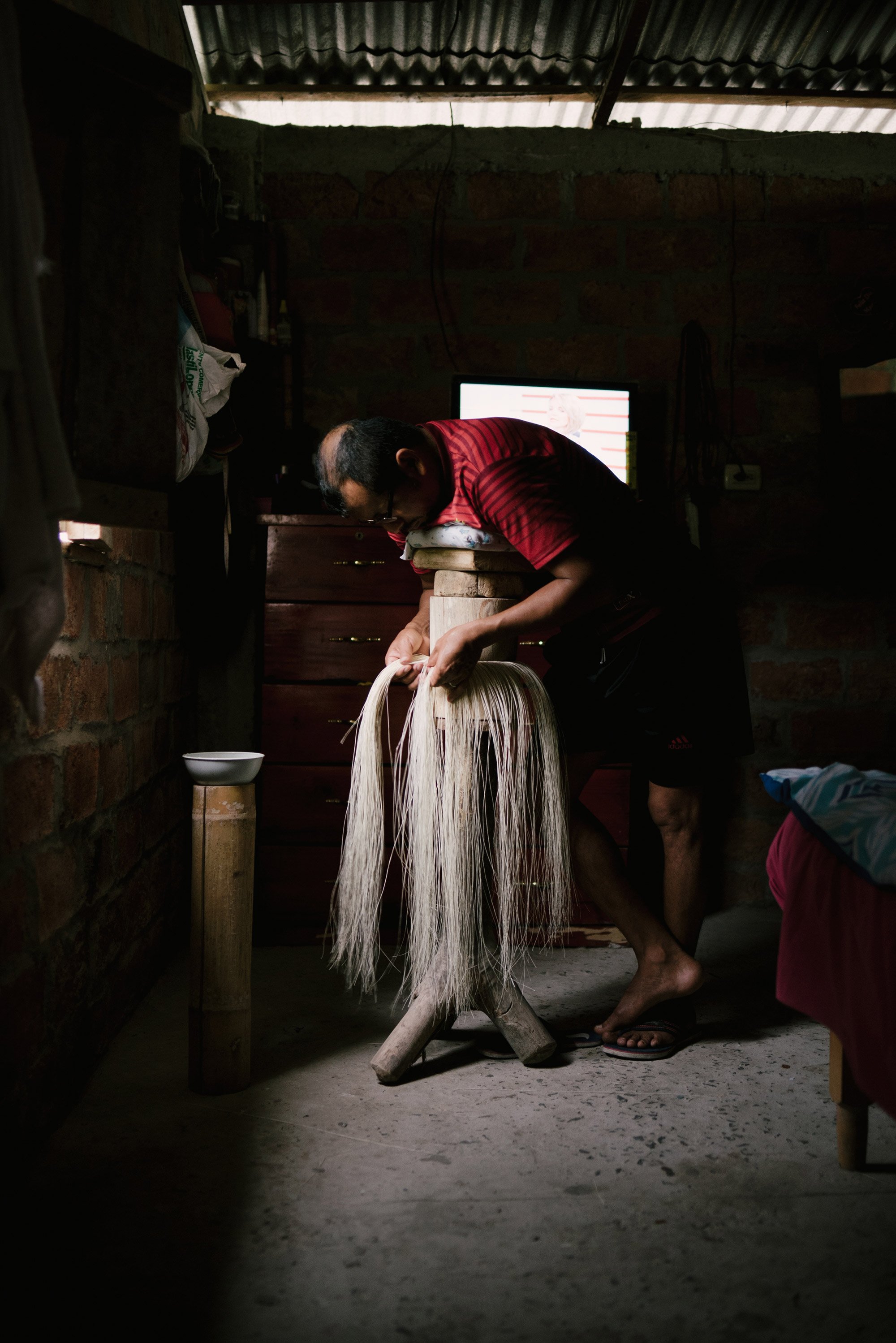
Finishing and Pressing
Even after all the preparation and weaving, the straw hats are far from complete. Artisans have to finish the edges and then add a weave which closes the brim, before cutting the excess straw and removing any imperfections. Other finishing stages include washing, softening, and pressing the straw hats. Many artisans from Pile and Montecristi go to Fredy Pachay’s workshop for the final touches. Here, the hats created by Holger Carranza and Manuel Lopez undergo a molding and pressing process. Locals work together to heat the molds and press the hats, completing the months-long process of crafting an authentic Montecristi Panama hat.
From Pile and Montecristi, the straw hats reach various buyers. Among them, Graham Thompson of Optimo stands out thanks to his dedication to honor the art of traditional weaving. Chicago-based Optimo sells only genuine Montecristi hats, with the finishing stage completed in-house to the highest standard of quality. Although you can’t purchase one online, the brand offers a phone fitting service and helpful info to customers who want to add an authentic Panama hat to their collection.
Even from a distance, Pile straw hats look gorgeous. However, admiring the finished product against bright lighting, one notices the perfectly shaped mandalas, created by the distinctive weaving pattern. The process of making genuine straw hats includes a huge amount of work and even more skill and talent. Yet the artisans themselves make only around $150 per month. This is one of the reasons young people leave Pile to move into larger cities. As a result, the number of weavers slowly wanes, year after year.
An art form with roots going back hundreds of years, currently on the brink of extinction. In a sea of products that come from an assembly line, true craftsmanship and products made with a human touch have more value than they ever did before. For now, the artists of Pile continue to weave their masterpieces. Morning and evening, they keep the craft alive, strand by strand.
